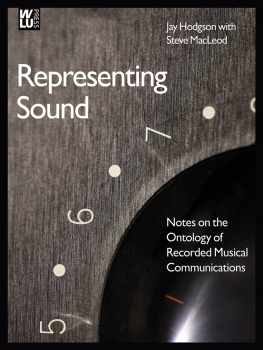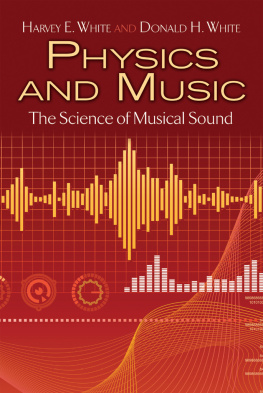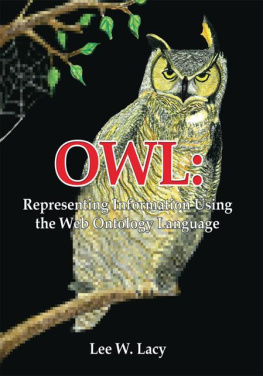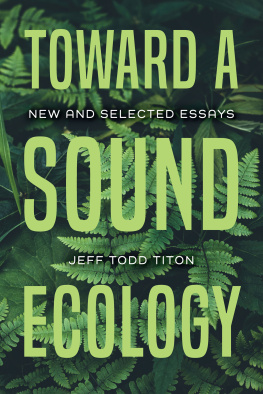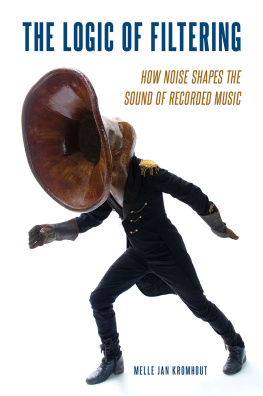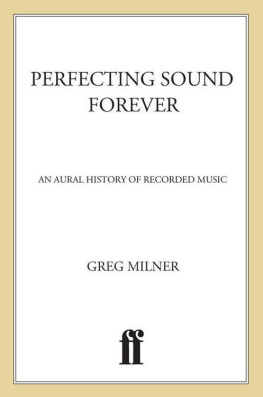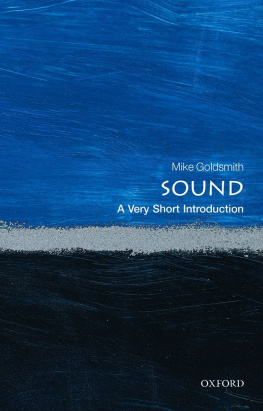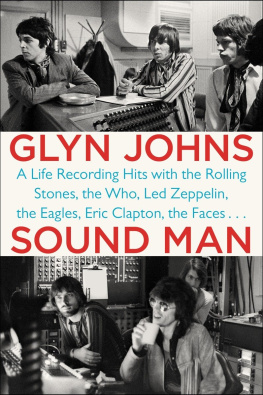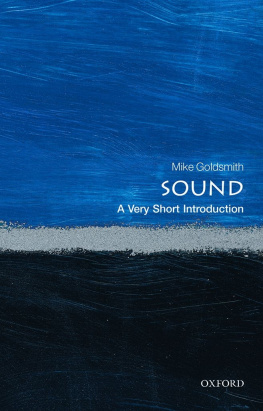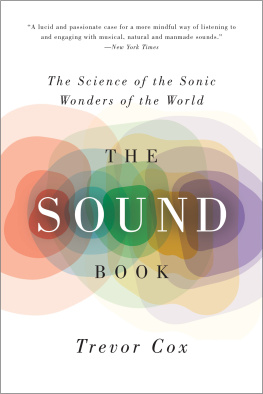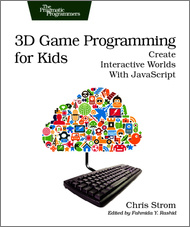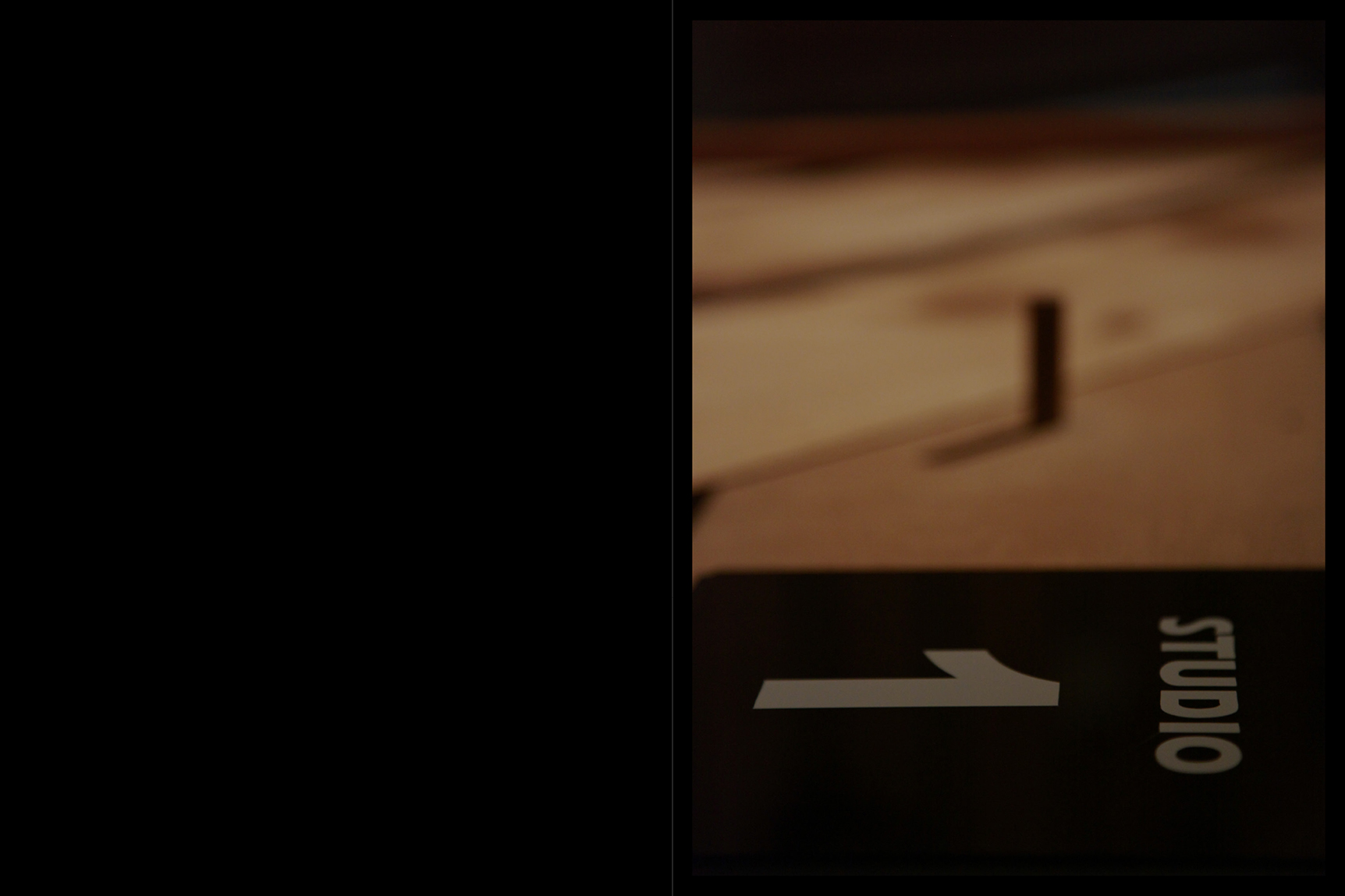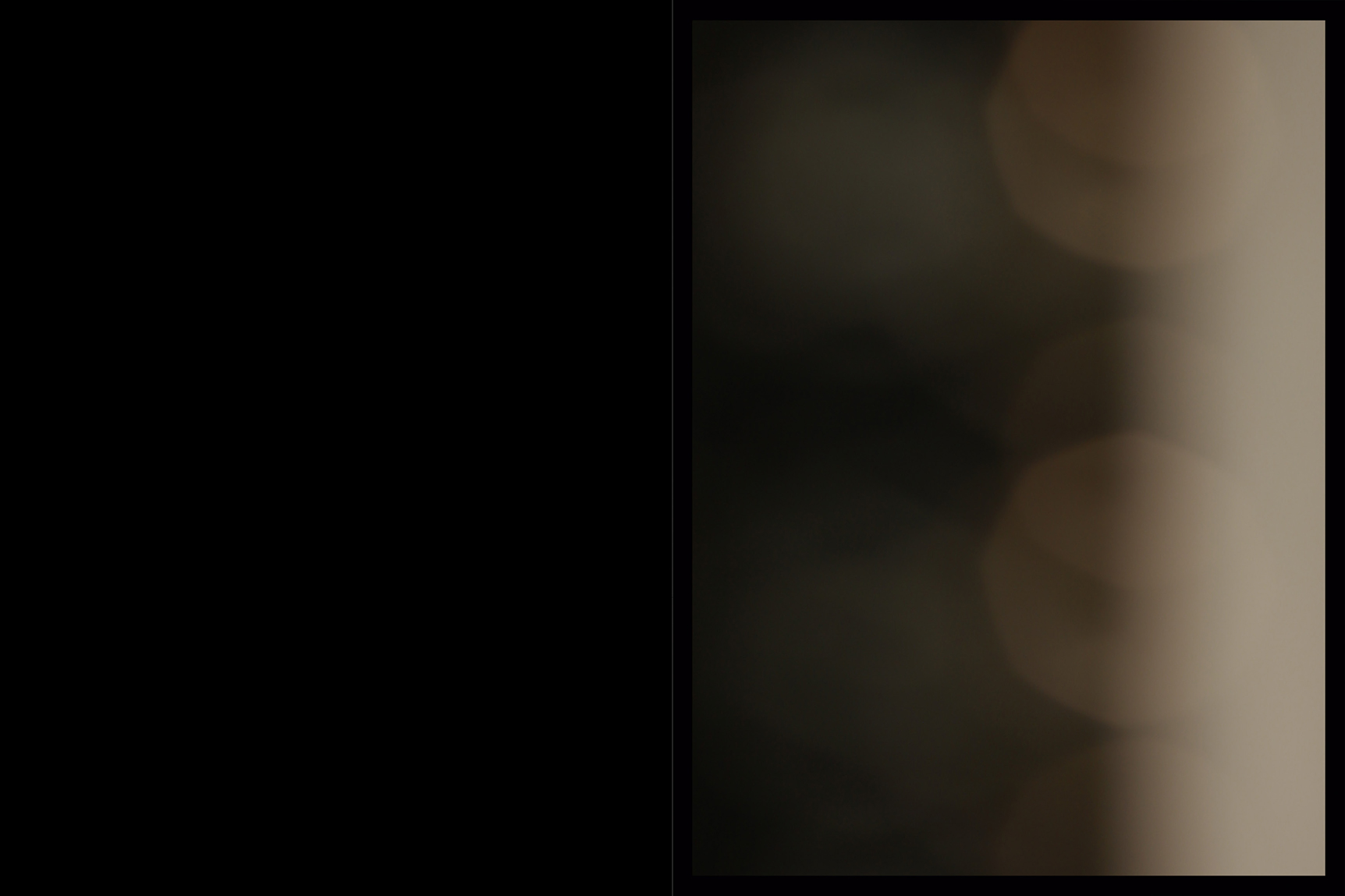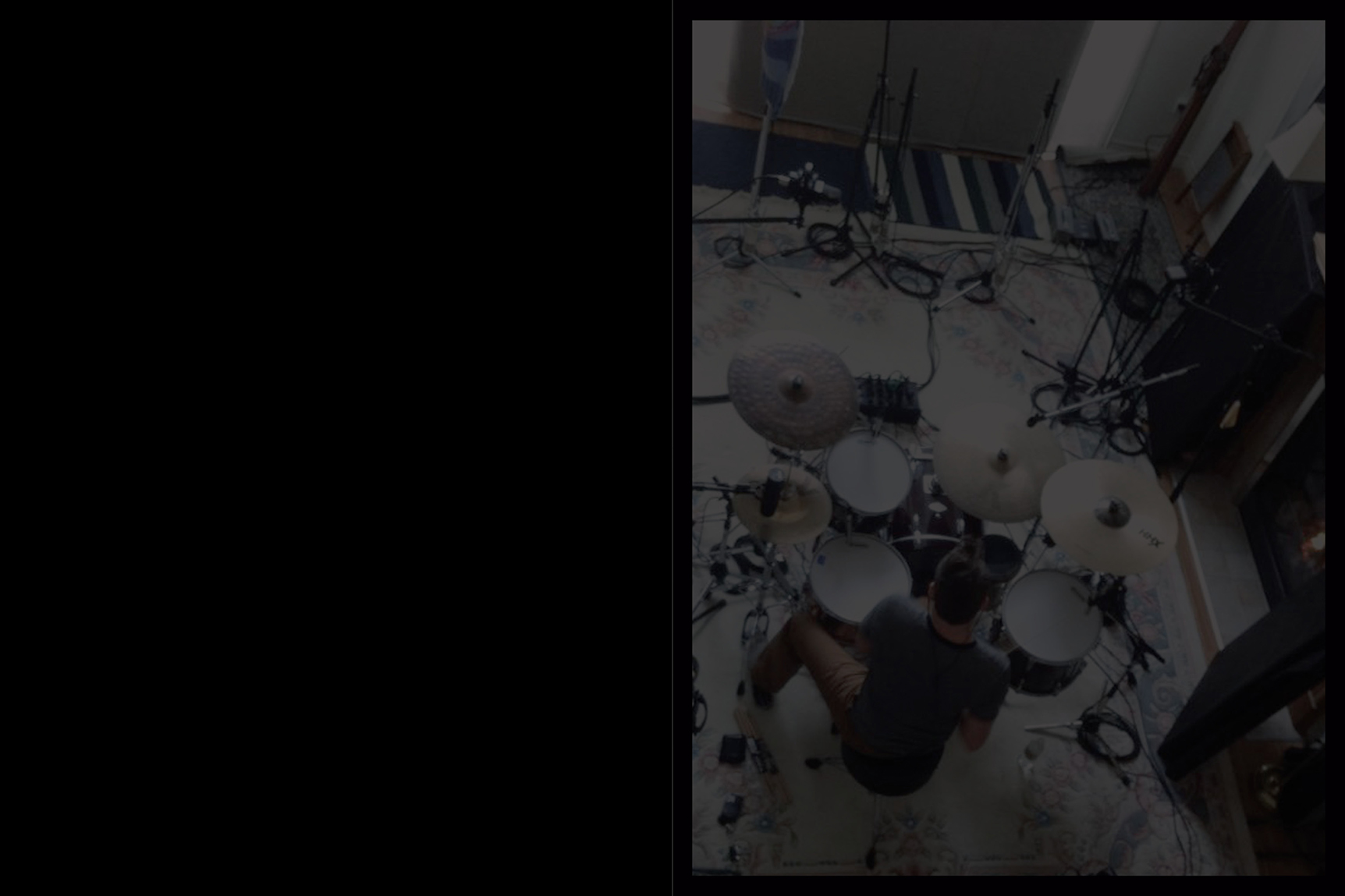
Introduction
My fundamental premise in these notes is that performing musicians make and shape sound, while recordists represent sound. No genetic connection between live performance and recorded musical communication is here assumed. This is an important distinction, and one that should have far-reaching resonance for recordists, musicians, and analysts alike.
My theory is based on observations made over two decades of composing, tracking, mixing, mastering, commissioning, distributing, and releasing records of popular music, ranging from hard-core punk to Celtic folk and minimal techno. I have enjoyed many successes along the way. My first tracking session was as a guitarist on a record that was nominated for a Juno Award in 1993. Since then, as a songwriter, guitarist, and singer, I have topped national college indie charts in the US with original rock and folk-rock songs, mixed and mastered records nominated for Juno Awards, and which topped Beatports global techno and minimal charts, the self-described largest music store for DJs in the world, and composed music for documentaries produced by the United Nations and lauded by the likes of Rolling Stone magazine. I have written songs professionally for Fields of Blonde, a music publishing company situated in Chicago, and I am co-founder of Roofless Creations, an audio and video production boutique whose credits include work on albums by some of Canadas most popular music makers. I offer these credentials so readers may know a bit about the person behind the following theory and to establish that it derives not just from intellectual observation but from experience.
I have struggled throughout much of my adult life to articulate this theory, which takes as its primary premise that the language we use to discuss acoustic phenomena is ontologically impoverished. We cannot, at this moment, make a meaningful distinction between a sonic signifier (say, a mass-produced recording of a classical guitar performance) and its referent (the performance itself). I believe that our concept of sound requires ontological nuancing to account for fundamental differences between what we hear when we listen to a live performance and when we listen to a record. Understanding these differenceseven acknowledging that they existwill provide a tremendous boon for recordists as they conceptualize their work, just as it will provide analysts with a more concrete and empirically accurate understanding of what they professionally research. The day I realized recorded sound was actually a representation of sound, that recorded sounds only sound like something other than speaker and headphone diaphragms flapping, was the day my work as a recordist suddenly became easy. From that moment on, I have known what I actually do when I sit down to make a record: I am representing sound, just as a painter represents some person or object without reproducing that person or object.
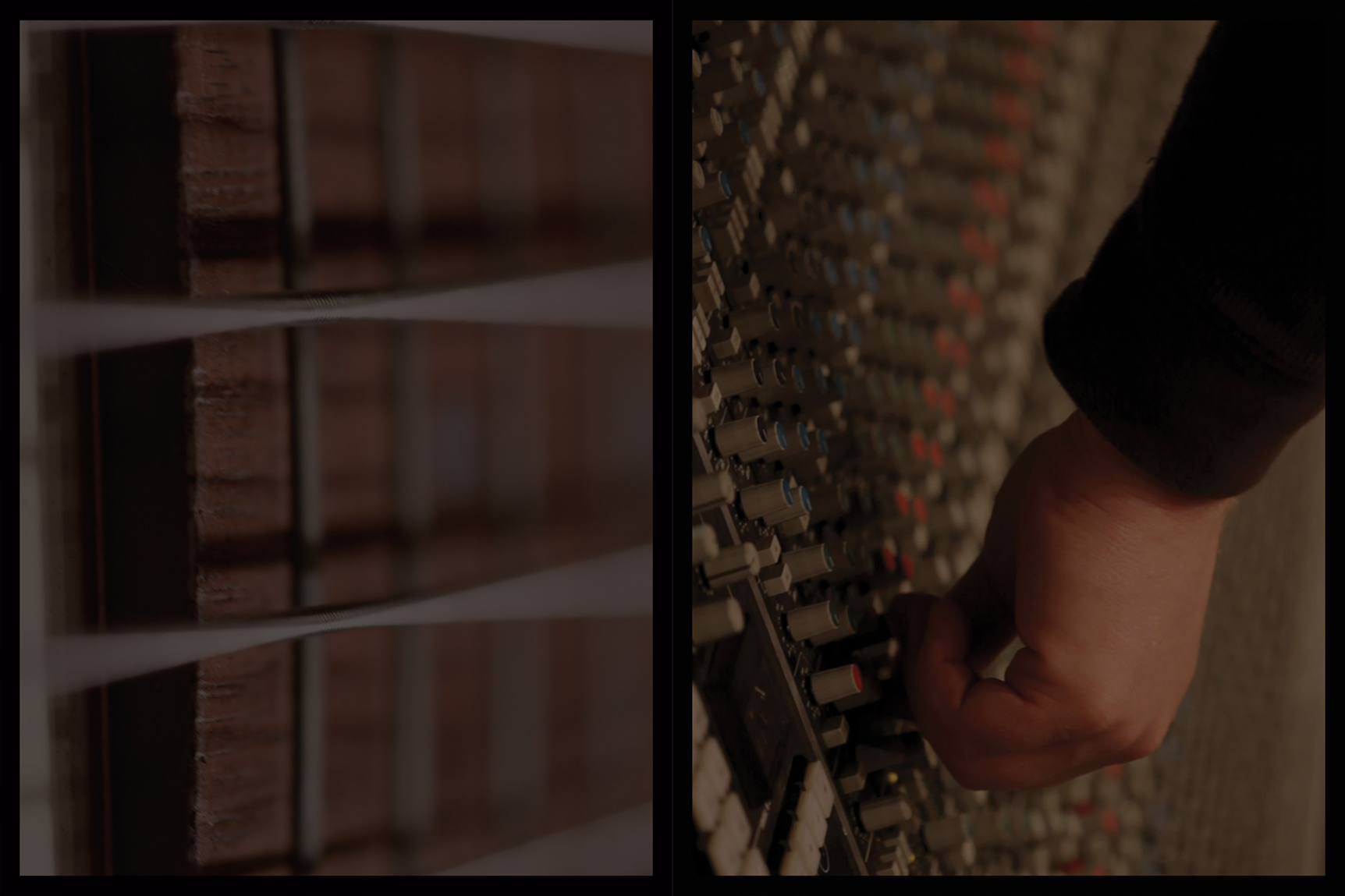
Long ago I stopped thinking about performance in the studio as anything other than a sophisticated kind of software programming. When tracking, musicians provide the alternating currentor, in the case of synthesis, the control informationthat recordists process, shape, and order into recorded musical communications. Indeed, performances are the subject of recorded musical communications, whether they are tracked live, synthesized, or sampled. Performances are, in short, the models pose, the thing recordists portray through their records. In failing to hear records as representations of sound, listeners mistake the subject of communication for communication itself.
What we hear when we listen to a record is a sophisticated kind of aural photography, a stop-motion kind of aural animation. Recordists take a series of snapshots, called samples, and synthesists sequence a series of those snapshots, at a rate determined by the recording or sequencing apparatus. Half a century ago, the sample rate required to realistically animate sound was based on the speed at which tape had to pass the playback head of tape machines. That speed was measured in inches per second; typical speeds then were 10 or 15 ips. Likewise, with flat discs and cylinders, the rate was determined by the number of revolutions per minute needed to conjure the same animated illusion, usually 33 1/3 or 45 revolutions per minute. With digital technology like compact discs, digital audiotape, and virtual formats like MP3, WAV, and AIFF, the rate is at least double that at which sounds are sampledanywhere from 44.1 kHz to 192 kHz.
In fact, Recording Practice depends on sample rates completely. Get the sample rate wrong and the illusion of sound fails to materialize. If the sample rate for playback is higher than that used to record, for instance, sound is shunted off to one speaker. Other times, tracks sound slowed down or sped up, so sleepy operatic tenors or caffeinated chipmunks emerge. Sometimes a jarring mechanical sputtering spews forth, berating the listeners lamentable ignorance. This is all to say that sound is animated, represented , on record, according to a precise sample rate, while musicians generate and shape sounds per se through their performances.
Given that a primary analytic theme of these notes is that our current conceptual and terminological infrastructure for discussing sound is inaccurate and impoverished, the basic premises undergirding what follows defy pithy explanation. In fact, I suggest new definitions for the most fundamental and cherished concepts held by musicians, recordists, and analystsconcepts such as music, sound, performance, and so on. I offer these redefinitions, as it were, not to contradict or negate anyone elses definitions but to clarify the base technical ontology, the machine essence, of every recorded musical communication. These redefinitions are like the Buddhas proverbial ferry boats, offered only to take the traveller from one conceptual shore to another, to be discarded the second the opposite shore is reached. They are meant, that is, to transport readers from the comfort and familiarity of our current listening habitus to the ontologically complex audioscape proposed below.

It is my hope that these notes function as a creative spur for readers. Recordists and analysts alike are encouraged to consider each page of these notes on its own and also as part of a broader argument about the nature of recorded musical communication. I have chosen the format of an essai-concrte , illustrated carefully in collaboration with an artist whose work I have admired for years, Steve MacLeod, to help facilitate this sort of reading. Given the lack of an adequate conceptual and terminological infrastructure for discussing the ontological complexities of acoustic modernity, the mode of argumentation I deploy to propose, articulate, and elucidate the theory of Recording Practice that follows, remains aphoristic and metaphoric in tone rather than scientific. This strikes me as entirely appropriate and reasonable. After all, I do not hope to prove anything by these notes. Rather, I want to convince readers of somethingthat the acoustic world we recordists create is more complicated than it appears and that its ontological vagaries are worth investigating.

